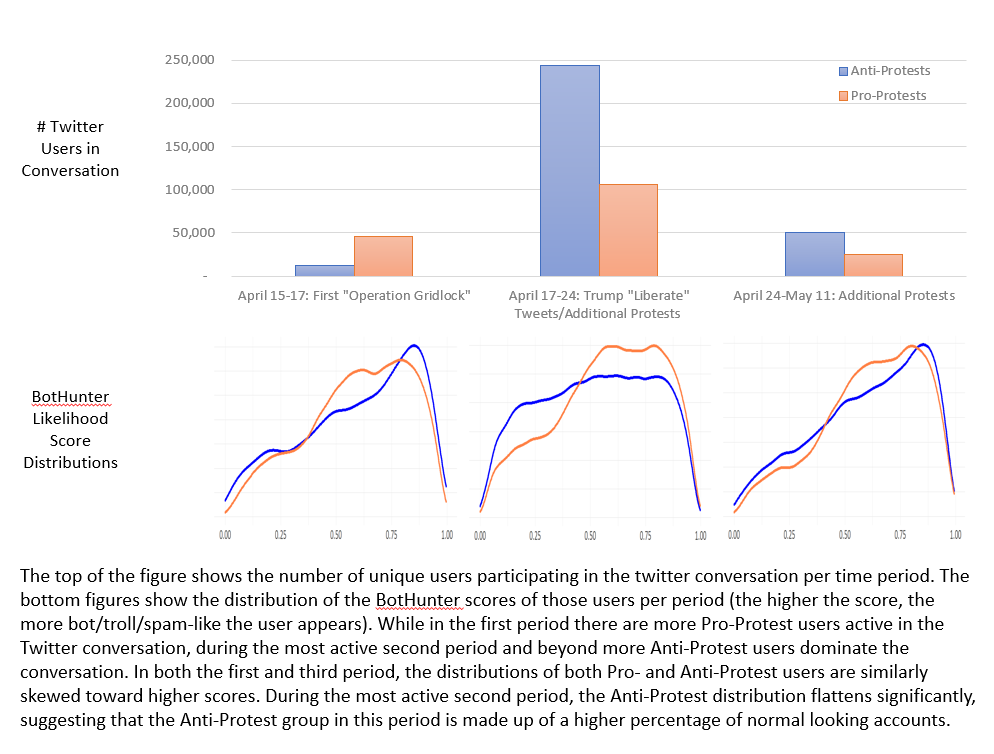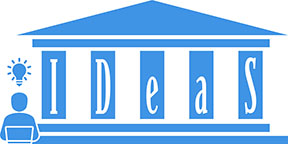
Research Spotlight: Coronavirus Lockdown Protests
Forthcoming work from Post-Doctoral Associate Matthew Babcock compares social media engagement from both pro- and anti-protest groups during coronavirus lockdown restrictions.
Large scale protests against state COVID-19 related lockdown restrictions in the United States began in mid-April 2020, during the week in which both the Operation Gridlock protest in Michigan occurred and then-President Trump tweeted out his controversial “Liberate” messages in support of such protests.
In work that is currently under journal review, Post-Doctoral Associate Matthew Babcock investigated whether the Pro-Protest and Anti-Protest Twitter users exhibited similar patterns of activity and levels of success during the first few weeks of these protests. Pro- and Anti-Protest users were labeled based on Leiden clustering and their retweet activity. Based on their use of political slogans, the sharing of external links, and retweeting behavior, the Pro/Anti-Protest group distinction mirrored the partisan divide towards the protests exhibited by politicians and news media, with the Pro-Protest side being very Pro-Trump/Pro-Republican.
In comparing the two groups, results suggest that the Pro-Protest side acted more proactively, was more centrally organized, engaged with the opposing side to a lesser extent, and exhibited a higher level of coordination of newer accounts involved in the conversation. In contrast, the Anti-Protest side was more reactive, relied more heavily on verified account activity, and appears to have been more successful in spreading its message in terms of both tweet volume and in attracting the attention of regular (non-bot/troll-like) users during the period of highest engagement.
Identifying such distinctions between opposing sides will be helpful for future work exploring how misinformation, and partisan/organizational messaging spread on Twitter during similar events.
Author: Matthew Babcock

